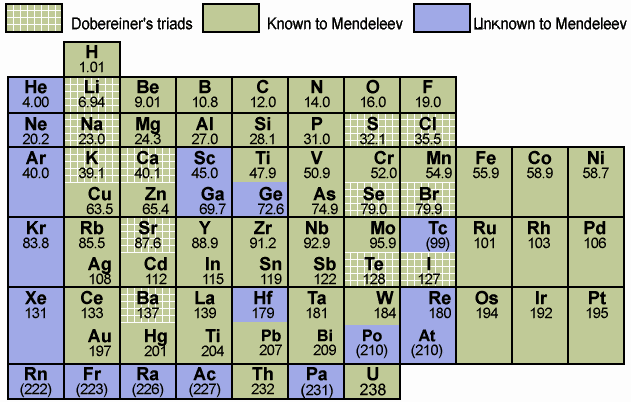Part 2. The Conductivity Lab (with the ghetto testers)
About a month and a half ago we did a lab called the "Conductivity Lab". Whoooooo! Very exciting right? Well kinda.....
Background Information
The point of this lab was to further explore the ionization abilities of certain substances. The theory behind the lab was that different ions will gain or lose an electron to become stable. Take sodium for example (btw thank you Katrina for the idea...from your blog) has an electron configuration of 1s22s22p6s1. What this means is Sodium has one valiance electron. What this means is that often sodium (a metal) looses that electron to another element (a non-metal) in a ionic bond.
This happens because elements bond to become stable, when Sodium loses that electron it becomes stable with an electron configuration like neon. This "electron sharing" makes it a pseudo-noble gas with the stable configuration of 1s22s22p6.
[An ionic bond is a type of chemical bond that involves a metal and a nonmetal ion (or polyatomic ions such as ammonium) that bond through electrostatic attraction. Simply put, it is a bond formed by the attraction between two oppositely charged ions.
The metal donates one or more electrons, forming a positively charged ion (cation) with a stable electron configuration. These electrons then enter the non metal, causing it to form a negatively charged ion (anion) which also has a stable electron configuration. The electrostatic attraction between the oppositely charged ions causes them to come together and form a bond.]
This happens because elements bond to become stable, when Sodium loses that electron it becomes stable with an electron configuration like neon. This "electron sharing" makes it a pseudo-noble gas with the stable configuration of 1s22s22p6.
The Lab. Finally.
For the lab we mixed (dissolved) eight different substances into distilled water. The solution that was produced by the mixing was then tested by two different instruments. First the "ghetto tester". It was basically a battery hooked to a LED connected with two bare wires for insertion into the solution, which would complete the circuit if it conducts electricity (thanks to the amazing ions). If the solution is ionic (conducts electricity and completes the circuit) then the LED will light up. Sadly it won't give you a precise reading of the conductivity...
| Ghetto..... |
Which is why we have a second way of testing. This other type of conductivity tester we used was the USB connected "conductivity probe". This probe used essentially the same type of circuit as the other tester (using the solution to complete the electrical circuit) with the only difference being that the LED was replaced by a voltameter. The computer uses the data from the voltameter to, using a complex equation, compute the conductivity of the substance.
| Probe |
Below is the data table of results collected from the experiment, followed by a comparative graph of the different solutions conductivity.
Conductivity Results The Graph^ So I made a graph about the data. It is quite beautiful. (Ok the font choices could've been better but...oh well) What the graph demonstrates is the relationship between different element's and their electroconductivity. The Y axis of the graph shows the electroconductivity of the element, measured in Microsemens per square centimeter (Yes I realize the intervals are screwy, the program I made it on is stupid) . The X axis shows the elements names. What we can learn from this graph is, Citric Acid has the highest electroconductivity (249.3 mS/cm2), and sugar water has the lowest with 16.1 mS/cm2. Sugar has a lower conductivity because sugar (glucose) is held together with a covalent bond (which is "crap for ions"), whereas Citric Acid is held together with an ionic bond which makes for amazing ions. Ions are key to conductivity because the shared electrons are able to move around. When you add electricity (a bunch of electrons) the electrons are able to jump from the negative terminal to an atom, and then from atom to atom, eventually returning to the positive terminal (of the power source) creating an electrical current. Conclusion In conclusion, an elements electron configurations determines if If an element has electrons to lose/give away (to become stable), then that element will conduct electricity, because electricity is conducted by electrons (names make sense now don't they?) passing from atom to atom, resulting in an electric current. |





